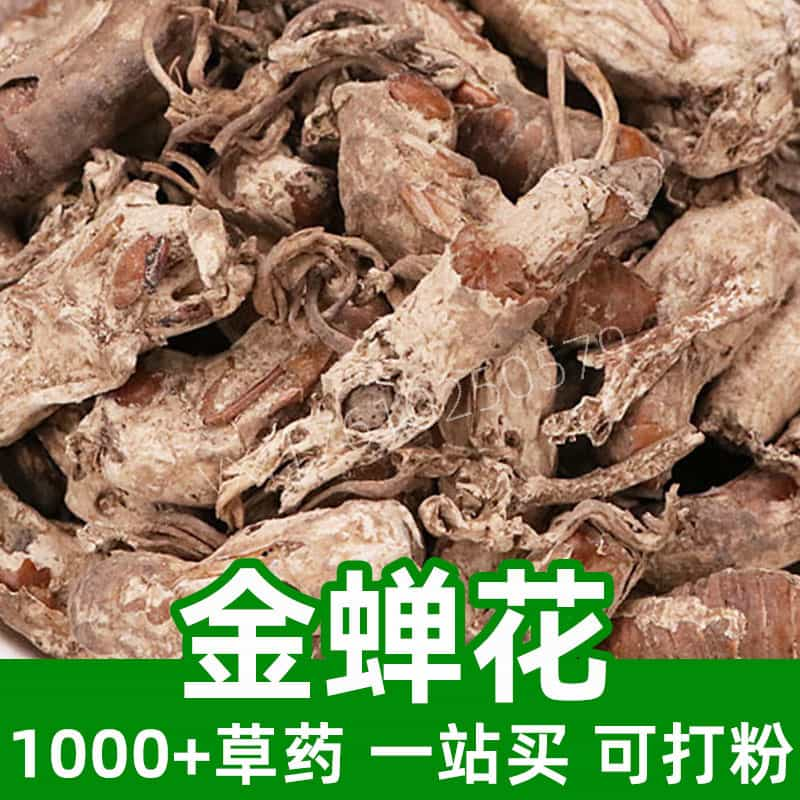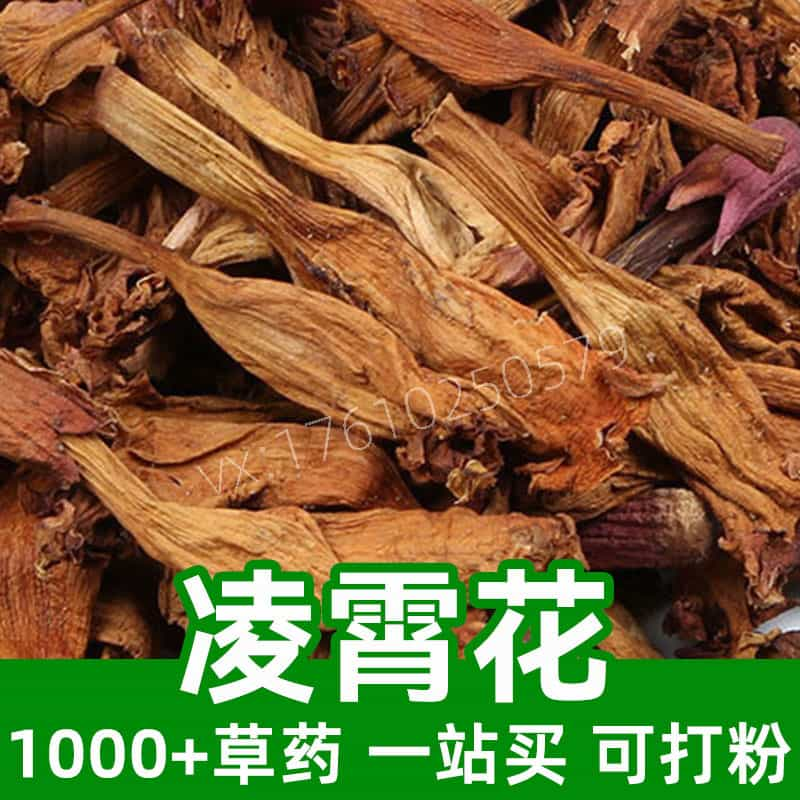Product Introduction
Senna pods, derived from the Senna plant, particularly Cassia angustifolia, have been used for centuries in traditional medicine for their potent laxative properties. These long, curved pods contain a rich supply of bioactive compounds that contribute to their efficacy in gastrointestinal health. The primary active ingredients, sennosides, work by stimulating intestinal motility, promoting bowel movements. Native to regions of Africa and the Indian subcontinent, senna pods have gained international recognition for their role in herbal medicine.
In traditional Chinese medicine (TCM), senna is classified as a purgative herb. Its ability to clear heat and relieve constipation makes it a fundamental ingredient in various formulations designed to aid digestion. Beyond its laxative effects, senna pods also exhibit potential benefits in improving overall digestive health and restoring balance to the body's lipid systems.
Senna pods are commonly processed into teas, powders, and extracts, making them easily accessible for everyday use. While traditionally employed for short-term relief from constipation, senna remains a staple in natural health practices. Its rich history, combined with a growing base of modern herbal enthusiasts, underscores the herb's long-standing significance in both traditional and contemporary wellness paradigms.
Main Active Ingredients
The effectiveness of senna pods largely hinges on its main active compounds, particularly sennosides A and B, which are natural anthraquinones. These glycosides are responsible for the pods' potent laxative effects, acting primarily on the colon. When sennosides are ingested, they undergo hydrolysis in the intestines to release active compounds that stimulate peristalsis, resulting in increased bowel movements. This is crucial for individuals seeking relief from infrequent bowel activity.
Apart from sennosides, senna pods contain several other beneficial compounds, such as flavonoids and tannins. These components contribute to the herb's broader therapeutic profile, enhancing digestive function and containing antioxidant properties that may protect the mucosal lining of the gastrointestinal tract. The presence of resin in senna pods also adds to their medicinal value, providing additional lubricating effects that support smoother bowel movement.
Another noteworthy aspect of senna pods is their chemical makeup, which includes various phenolic acids. These compounds are known for their potential health benefits, including promoting gastrointestinal health and acting as mild diuretics. As a whole, the array of bioactive components in senna pods underscores their multifaceted role in traditional herbal formulations, aiming not just for symptomatic relief but also for the overall enhancement of digestive health.
Product Application Scenarios, Usage, and Dosage
Senna pods are widely utilized in traditional Chinese medicine and modern herbal practices primarily for their laxative effects. The typical application includes creating herbal teas, powders, or capsules that can easily be incorporated into a daily regimen. In TCM, it is not uncommon to blend senna with other herbs to enhance its properties or to create a balanced formulation that addresses a range of digestive issues.
For those seeking to incorporate senna into their health routines, dosage is essential. A common method of use is through an infusion, where 1-2 teaspoons of dried senna pods are steeped in boiling water for approximately 10-15 minutes. This can produce a mild laxative effect, usually recommended to be taken once daily at night to facilitate bowel activity in the morning. It is crucial to adhere to recommended dosages, as excessive use of senna may lead to dependency or decreased gut motility over time.
In addition to its traditional application as a laxative, senna's role in supporting digestive health is significant. For individuals experiencing occasional bloating, discomfort, or irregularity, senna pods may also be used as a complementary ingredient in digestive health blends. However, precautions should be taken, as individuals who are pregnant, nursing, or with existing health conditions should consult a healthcare professional before use.
Introduction to the Source Plant, Distribution, and Growth Environment
The Senna plant, primarily Cassia angustifolia, thrives in tropical and subtropical regions of the world, including parts of Africa, India, and the Arabian Peninsula. This perennial shrub is typically characterized by its compound leaves and small yellow flowers, which ultimately give rise to the long, curved seed pods. The cultivation of senna thrives in well-drained soils and is often found growing in areas with full sun exposure.
In its native regions, senna is typically harvested during the flowering stage when the pods are mature, thus ensuring the highest concentration of active compounds. The cultivation methods can vary, but they generally require moderate temperatures and adequate rainfall. The plant is often grown in agricultural settings where farmers can monitor the soil quality and irrigation needs to yield a healthy crop.
Senna has adapted well to varying environmental conditions, allowing it to thrive in different soil types. However, the best growth occurs in sandy or loamy soils rich in organic matter, which enables robust root development—a critical factor for the plant's success. The combination of its hardy nature and the demand for its medicinal properties has made senna a viable crop in agricultural communities engaged in herbal medicine production.
Harvesting, Processing, and Storage
The harvesting of senna pods is a critical phase that determines the quality and efficacy of the final product. Traditionally, senna is harvested during the drying season when the pods are fully matured, as this timing ensures a higher concentration of sennosides and other active compounds. The pods are typically handpicked to minimize damage, a practice that allows for selective harvesting of the best specimens.
Once harvested, the senna pods require processing to enhance their shelf life and usability. The pods are initially cleaned to remove any dirt and impurities, followed by drying. This step is essential, as it prevents spoilage and preserves the bioactive components. Drying can be achieved through natural sunlight or controlled drying facilities, ensuring that the temperature and humidity are kept at optimal levels to retain potency.
After drying, senna pods are often ground into powder or left whole, depending on market demand. They are then packaged in airtight containers to avoid moisture absorption and sunlight exposure, which can degrade the herb's effectiveness. Proper storage conditions are vital for preserving the chemical integrity of senna pods, allowing consumers to benefit from their laxative and digestive health properties over time.
In summary, from careful harvesting to meticulous processing and proper storage, each step plays a crucial role in maintaining the high quality of senna pods, ensuring they are effective and safe for use in traditional herbal practices.
Monica Sun is a seasoned expert in the natural raw materials industry, with over a decade of experience specializing in traditional Chinese medicinal herbs, spices, and fungi. She is skilled in the sourcing, processing, and application of these materials, emphasizing sustainability and innovation. Monica Sun has contributed to the development of high-quality natural raw materials that serve as essential components in functional foods, pharmaceuticals, and cosmetics, delivering tailored solutions to meet diverse market needs.












